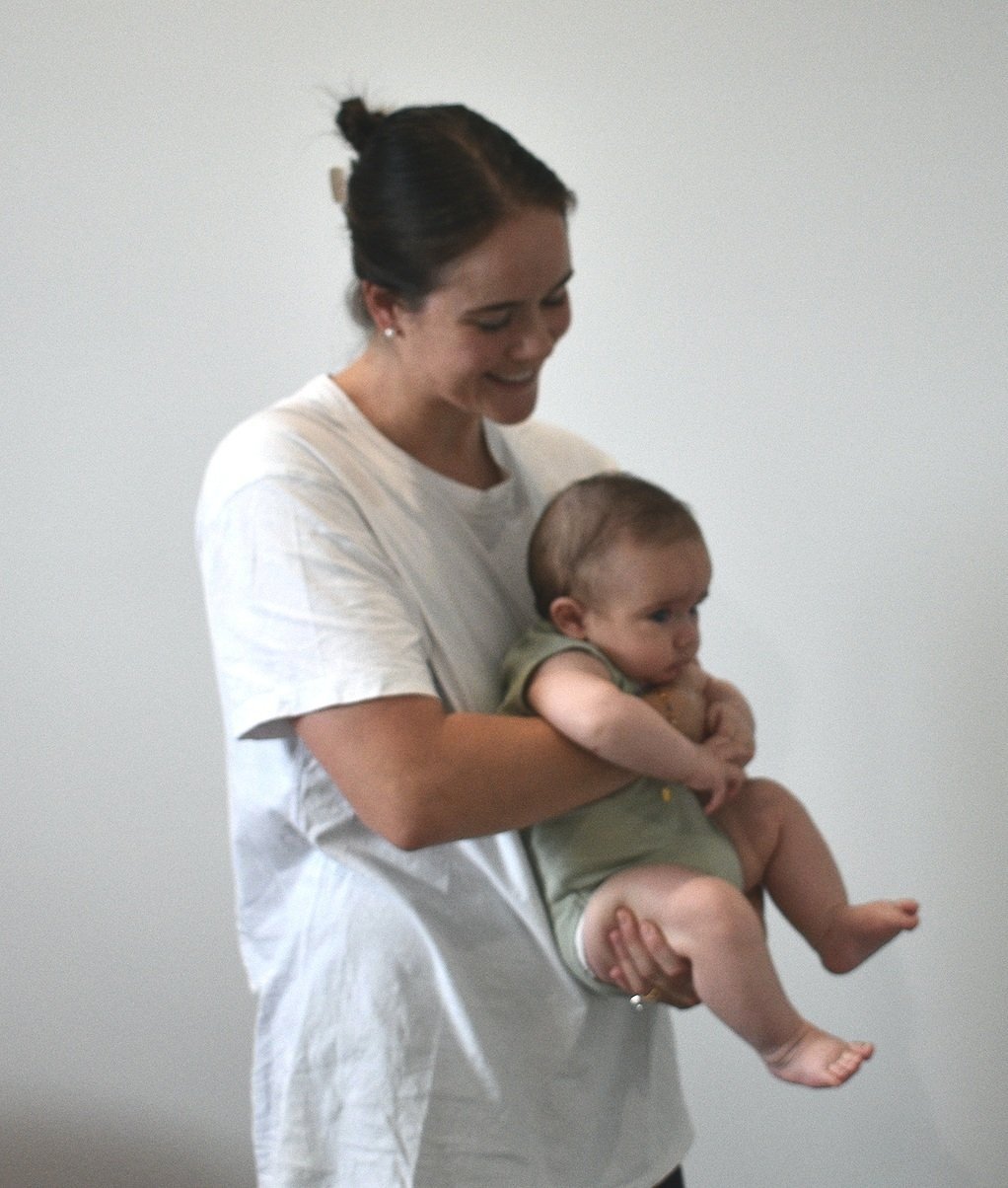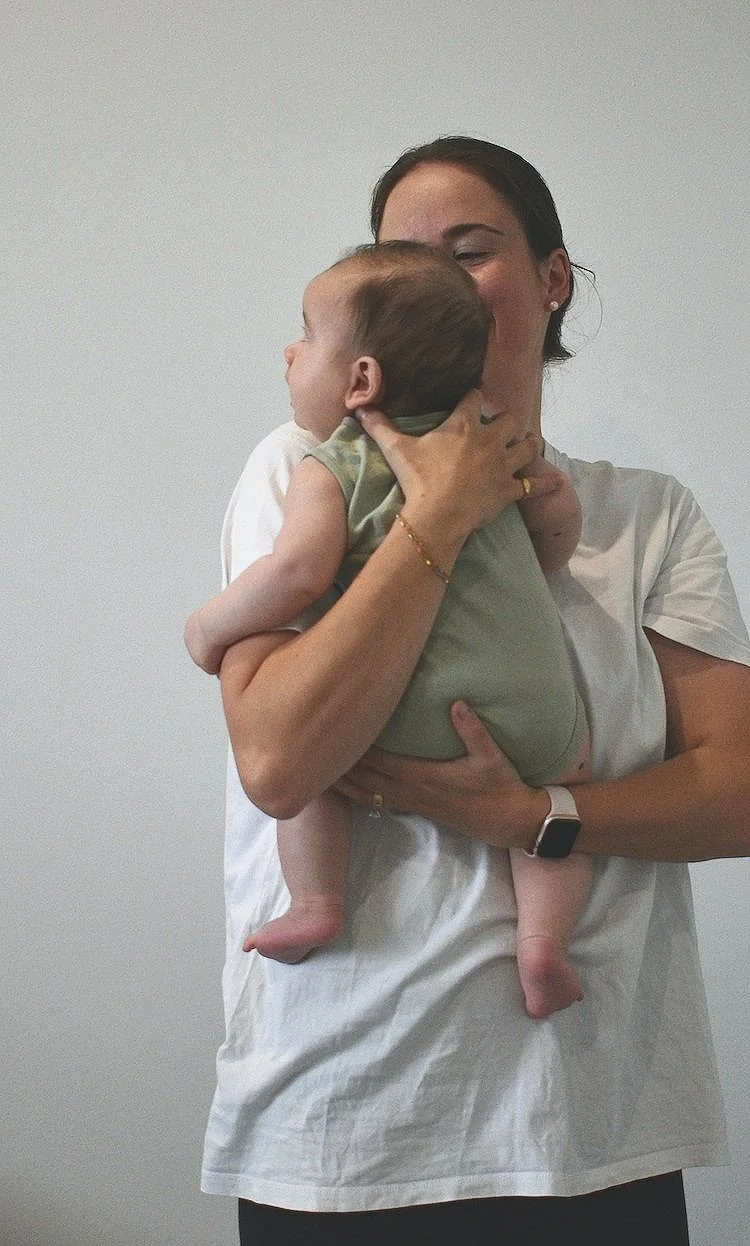Flathead Syndrome (plagiocephaly)
What is Flathead Syndrome (Sometimes Called Plagiocephaly)?
A notable flattening of the baby’s skull. It can either be on one side of the skull (back right of left) or direct flattening at the back of the skull.
What causes flathead syndrome?
Flathead syndrome is caused by prolonged periods of pressure on a certain spot of the head, either while a baby lies directly on their back, or when they lie down looking to one side predominantly.
This phenomenon has increased since the initiation of the “Safe To Sleep” campaign which aimed at reducing Sudden Infant Death Syndrome (SIDS). The Safe to Sleep campaign is undeniably important to minimise the risk of infant death, however, it is important while following these guidelines to ensure that adequate time awake is spent off the back to reduce the hours spent with the back of the skull on the ground/cot and to minimise the risk of skull flattening.
How to reduce the risk of flathead syndrome?
Aim to spend as much awake time off the back, not only in traditional tummy time, but in many holds and other positions.
See below for some options that are lovely ways to spend awake time with your baby and reduce the pressure and load on the back (centre, right or left) of their skull.
Who is at risk of plagiocephaly?
first born
babies who are born premature
babies who are part of multiple births
newborns from a traumatic or complex births
babies who are diagnosed with torticollis (have a tight neck)
When to see a Physiotherapist or other health professional?
If you see any noticeable flattening on your babies skull it may be beneficial to seek help from your GP, Paediatrician or Paediatric Physiotherapist. There are many treatment options that these professionals can help guide you through including – repositioning, increased tummy time, stretching and in severe cases, helmet therapy.
If you have any further questions, or think your baby might be suffering from flathead syndrome please Email us at ali@littleonesphysiotherapy.com.au or press the “Book Appointment'“ button so we can get in contact with you.
Disclaimer: This page is intended to be educational and informative only and should not be taken as, or replace, individual medical advice. This should act as a guide only. Always consult with a healthcare professional for accurate diagnosis and personalised treatment if you have any concerns with your little one.
Every child is unique and should be assessed individually.








